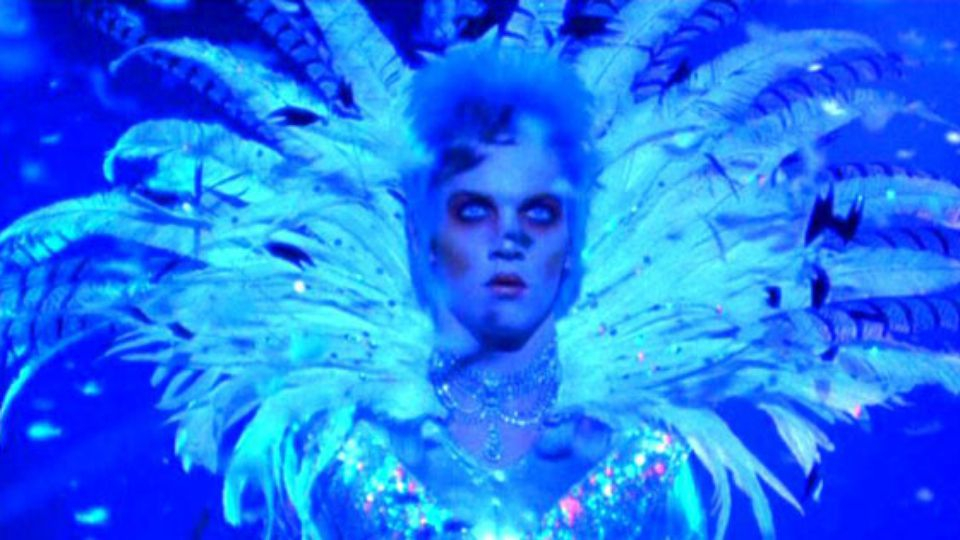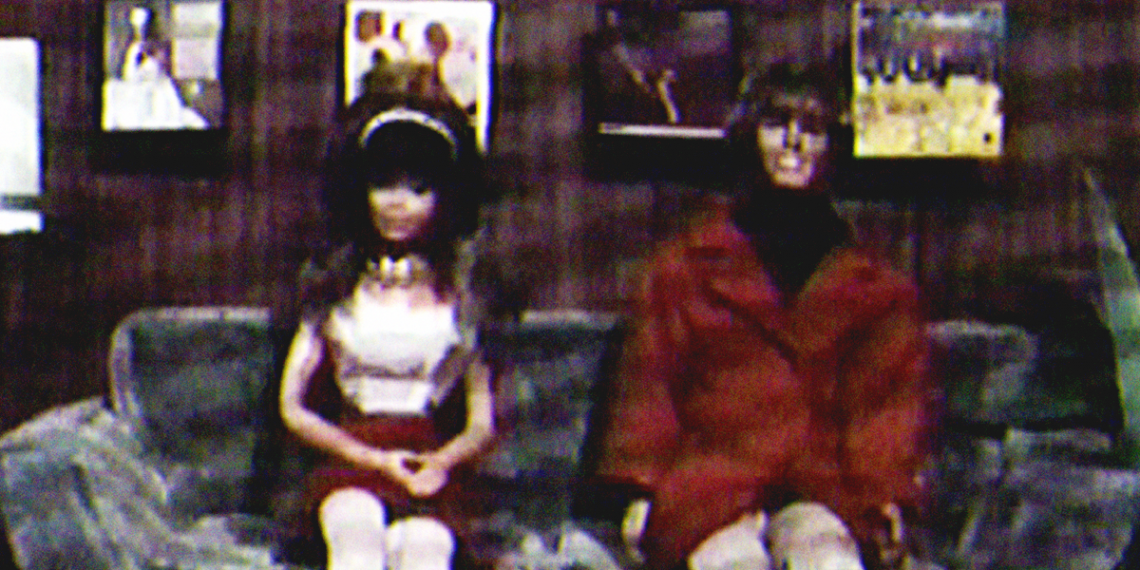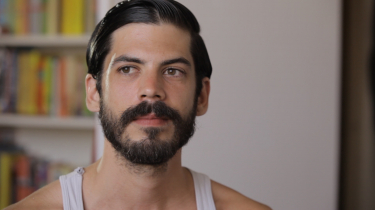Apr 15, 2016
Dandy of the Week: Todd Haynes


Each week, Dandy Dicks will highlight a key figure in gay culture, be it past or present. These men are what we consider true Dandies, advancing the ideals of gay men everywhere and doing it with lasting influence and style. This week’s installment is queer director Todd Haynes.
There were a lot of things about last year’s critical darling Carol that made me weep like a child. First of all, it had Cate Blanchett in it. And as many other gay men know, she has an innate ability to make us suffer from the sheer amount of perfection she carries with each measured breath. Secondly, it was about a doomed lesbian love affair in 1950s America, and I’m a real sucker for unrequited love stories that take place in eras that I will never live in nor fully understand. But the most powerful tears were ones of bitter frustration at this astonishing film’s lack of representation at this year’s Academy Awards, namely for its director, Todd Haynes.
The Oscars had enough brou-ha-ha on their exclusionist nominations this year to fuel think pieces for the past three months, but few made mention of the equally devastating snub of Mr. Haynes and the ridiculous fact that Carol was not up for Best Picture. There are a million explanations one could come up with, but the simple fact of the matter is that both Haynes and Carol were too damn gay. Haynes in particular may be the most revered gay voice working in cinema today, yet most people hardly know his name. Which, needless to say, is a shame, because his body of work is one of the most fabulously queer outputs in cinema history.

From the get-go, Haynes earned a reputation as a transgressive. He worked the underground film scene in New York during the late 1980s, and his first major work was a medium-length film titled Superstar: The Karen Carpenter Story. It chronicles the rise and fall of the American pop singer of the same name, only the catch is that the entire film was shot using Barbie dolls. It didn’t paint the most flattering portrait of the Carpenter family, and the real life Richard was particularly angry about his Barbie-doll self portraying him as a barely closeted mega-queen. And so he sued Haynes for copyright infringement over the use of some classic Carpenters tunes, resulting in the film being pulled from just about everywhere. You can still find it on Vimeo, but it remains technically illegal, cementing its status as essential counterculture.
He followed this up with Poison, a three-part short film depicting different forms of gay subculture, each shot in an homage to different styles of B-movies. Both Poison and Superstar are not only hilarious but essential cult classics of gay cinema, a genre that was just beginning to find its feet when Haynes burst out of film school. And because of their shameless depiction of hidden gay culture, and the severe backlash from conservative America, Haynes quickly became lumped in with the burgeoning movement called New Queer Cinema. Few filmmakers were depicting sado-masochistic gay relationships in any form, let alone in a film that would exaggerate these practices in an explicit attempt to mess with the heteronormative film audience. He succeeded to the fullest, but more importantly, his work was recognized for the genius it did indeed carry.

Armed with more funding and more attention, Haynes continued to explore the issues that faced gay America. His next film, Safe, was an extended metaphor of the AIDS crisis, one that saw suburban housewife Carol, played by Julianne Moore in her first major role, become plagued by severe paranoia at the banality of her existence, retreating into isolation to ‘cleanse’ herself. This was followed by Velvet Goldmine, a thinly veiled homage to glam rock and the emergence of queerness in 1970s youth. It depicted barely fictionalized versions of David Bowie and Iggy Pop and put them in a homoerotic relationship that, if not fully true, is the exact fantasy that so many glam rock fans could only dream of.

He would return to these two types of films, social critique through a queer lens and a fabrication of queer history, in the rest of his work. Far From Heaven reunited him with Julianne Moore to tell the story of a 1950s housewife caught in the intersections of race, class and sexuality in her now failed marriage to a closeted gay husband. It was both an homage and intense reframing of the melodramas of Douglas Sirk, whose films like All That Heaven Allows and Imitation of Life did much the same, but in the actual period in which they took place. Historical fantasy emerged again in the mad-cap I’m Not There, a character study of Bob Dylan that saw him played by six different actors, including an astonishing gender-bending Cate Blanchett. And familiar territory is explored again in last year’s Carol, perhaps the most polished and heartbreaking work in his career.

He has of course released a variety of other projects, from an unreleased music video for Sonic Youth to a five part miniseries/remake of gay classic Mildred Pierce starring Kate Winslet, but the thematic quality of his work has remained incredibly consistent. A Haynes film not only questions the concrete structures of a film, like linear narrative and, in the case of Superstar, the actors themselves, but it most importantly questions our understanding of gender and sexuality. He’s often praised for his ability to create subtle eroticism, but this eroticism is always in service to greater questions about how society treats burgeoning sexuality, and whether we have anything to learn about contemporary society from social mores of the past.
Interestingly enough, Haynes has repeatedly said in interviews that he does not like to identify as a gay filmmaker who makes gay films. To do this, he says, would be “only taking the content instead of the form of his films into consideration.” Regardless of how one interprets and embraces his films, his contributions to queer cinema and the scope of his voice as one of the few queer filmmakers is immeasurable. His work is campy, melancholy and beautiful but above all, honest.
Sources: Flix66, Senses of Cinema, Cinecatic, A.V. Cluv, Gold Derby, FilmLinc
by Jake Indiana







